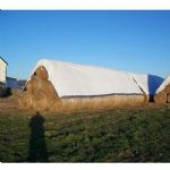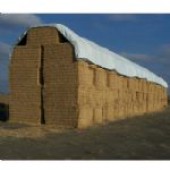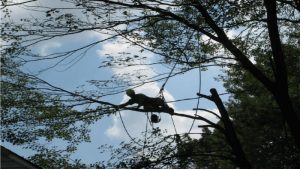Next to fresh green grass, hay, which is nothing but dried grass, is the next most important food. As the animal digests the hay, it keeps it warm from the inside out during those periods of the year when fresh grass is not available. Hay also is also that which keeps the digestive process functioning properly. To feed the horse hay, the owner must first locate a source, determine the quality, and calculate the requirements and then provide hay tarps to keep it dry but also provide ventilation. Poorly protected hay that does not have air flow will result in the hay going moldy and rotting. For horse owners who board their animal, these steps are not of any interest as the stable owners are responsible for the full board of the horse.
What is good hay?
Make hay while the sun shines may sound corny, but there is a lot of truth to the saying. Making hay is not as simple as cutting down and either baling it or putting it into large rolls. The timing of the cutting and the curing is critical to good hay. The best hay is cut precisely at its optimum period of growth, the cutting takes place late enough where it has absorbed the maximum nutrients, but not so late that it has turned to seed.
Once the hay has been mown, it needs to lay in wind-rows to cure; this is usually done in three or four days. It cannot sit in the field so long that the UV bleaches the nutrients out of it. During the curing process, hay tarps are never used for protection from the elements, the tarp will stop the moisture from escaping and the hay will rot under the tarp.
If the hay is baled with excess moisture there is the potential of mold and mildew forming. Mold is a source of respiratory damage to the horse, plus, the damp hay can pose a serious fire hazard from spontaneous combustion. The tightly packed bales will heat up to the point where they will catch on fire. There have been many unfortunate incidents of barns being burned down this way; this is the primary reason why hay is stored outdoors, protected by hay tarps.
Hay quality:
If the volume of hay that you purchase is small and you buy from various sources, it is of no value to have the hay tested. However, those who purchase a complete winters supply from a single source will have the hay tested for nutrient content. Once the breeder or horse owner knows the nutrient content of the hay, he can determine the correct amount of grains and supplements to add to the animal’s diet.




